Noise Barriers - How do they work?
Before we learn how a noise barrier works, we believe understanding what actually ‘makes’ sound will be beneficial for you to understand why our Jinbiao Temporary Noise Barrier are noted as one of the best performing products in the market.
Here is a list of things that we will cover in this small info page on everything related to noise barriers:
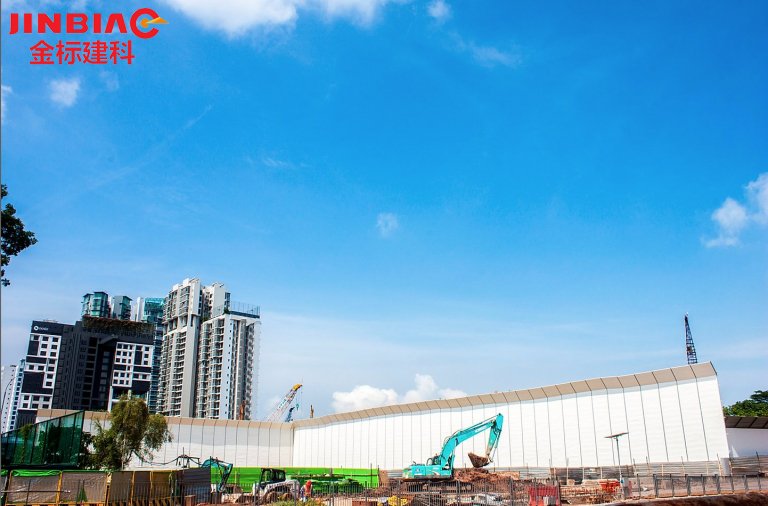
How does sound work? (In a simple manner)
When you hear a sound, you are actually hearing energy making a journey. Sound needs a medium to travel through, such as air, or water, which is why outer space is silent – there is no medium for sound to travel through.
A noise barrier is a specially manufactured medium, to halt, or hinder the path that sound needs to travel through the air to reach your ears.
Like how a wave moves on the surface of the sea, sound it creates lots of forward clumping movement as it travels through the air or a medium. In scientific terms, this phenomenon is called a ‘transverse wave‘.
As sound travels through the air, by creating a lot of movement at the front and back of each transverse wave, it clumps the air at one part (compression) and expands (rarefaction) on other parts to create sound as you sense it with your hearing.
A noise barrier then slows down and reflects this sound away by creating a barrier in the air between the source of the sound and a listener.
How does sound travel through walls?
As we already know, sound travels by compression and rarefaction of air particles. As complicated as it may sound, every kind of material, large or small, dense or light – contains air pockets. The difference is, how much air pockets does each material contain?
When sound travels from the outdoors into walls, the air pockets within the wall will allow the transfer of sound energy outside the wall’s through it; and in turn, transfer its sound energy to the air particles found on the other side of the wall.
Though energy is lost while from transition, that is how we are able to hear sounds coming from the opposite side of a wall.
While this happens, some sound energy hitting the wall will also be reflected across the surface, creating an echo.
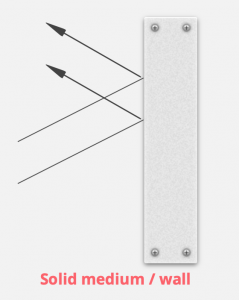
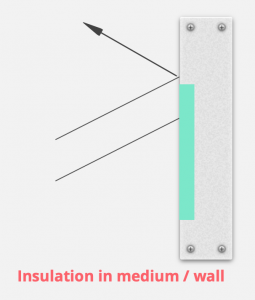
Where the medium or wall is solid, it will be effective in cutting sound off from the other side. This in turn creates a lot of reflection – echo.
While this might seem to be a solution, this echo would actually allow the sound energy to be bounced off over 60 times more on other surfaces – amplifying the current sound effect even more.
Insulation within the medium ‘dampens’ the sound creating an absorption effect. The energy used to make sound travel is ‘absorbed’ by including an insulation material.
Through this technique, sound is now both being absorbed and reflected – reducing the amount of sound energy from the source.
How does our Jinbiao Noise Barrier work?
Noise barrier systems around the world come in different materials.
To understand how a noise barrier works, we need to understand the materials they are made of.
Some materials are more popular than others due to effectiveness and/or cost. Other factors such as durability or availability of materials can be a deciding factor for the usage in noise barrier products.
The simplified illustration above explains how an insulation medium helps in ‘cutting’ down sound.
This concept is similar when we include a medium or a wall between the noise source and its receiver.
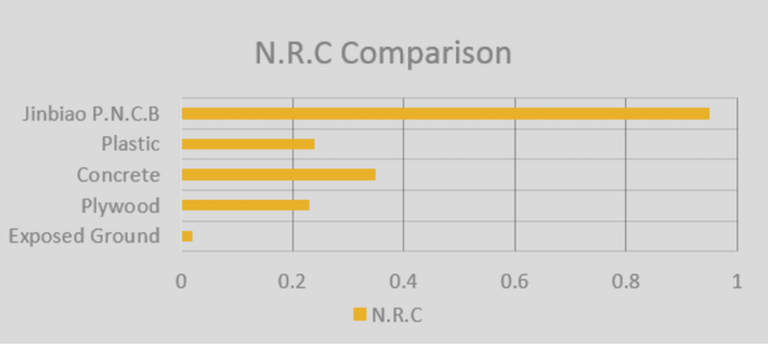
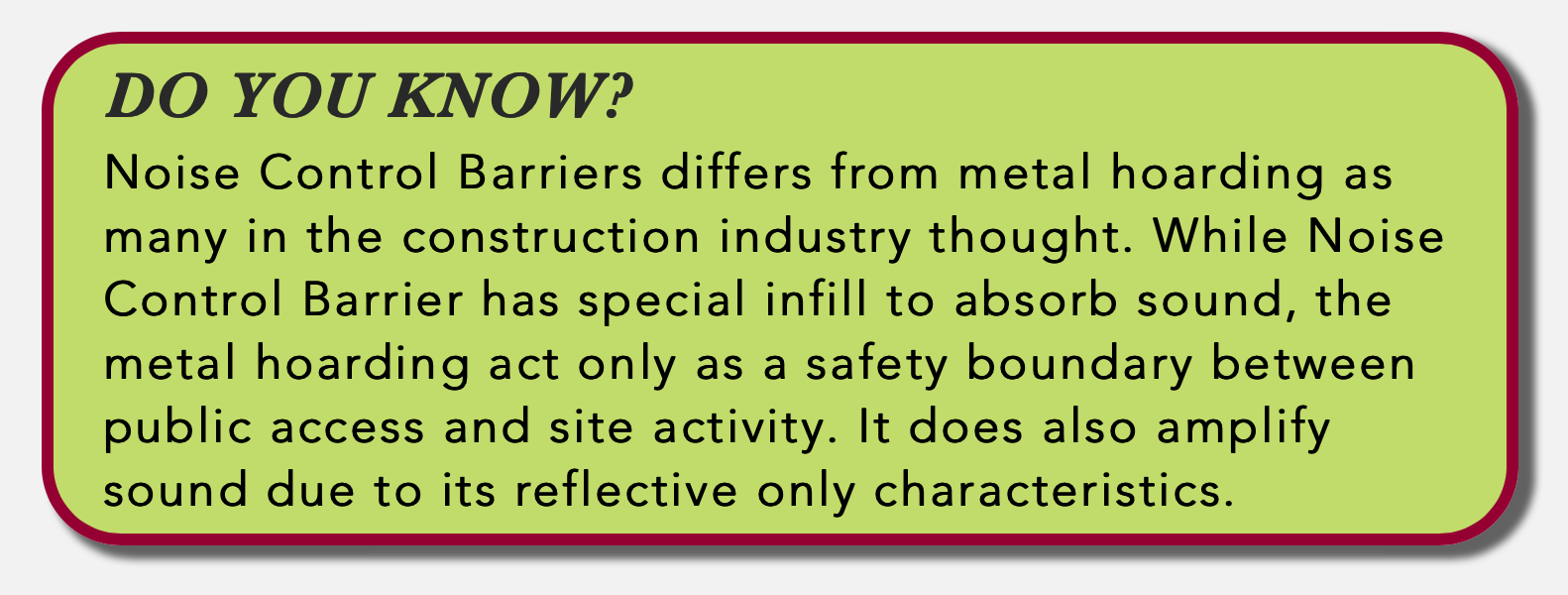
How our Noise Barrier differs from metal hoardings and other types of barrier is simple.
Combining both solid mediums, with absorptive material in a barrier enables it to attain both absorptive and reflective characteristics.
The insulation found within the Noise Control Barrier allows noise energy to be transferred within the barrier, after which the sound energy will be dissipated once it reaches the insulation layer.
Different Noise Control Barriers also have different performance levels as determined by their material composition.
Alternatively, a dense layer of insulation blankets might more effective as there would be no reflection of sound; however, noise insulation blankets have a lower lifespan and are more laborious to erect and maintain.
Why are our Noise Control Barriers different?
Hebei Jinbiao’s Noise Barriers are scientifically developed and rigorously tested after the manufacturing process to ensure quality standards set by the NEA on noise pollution limits in Singapore.
Our noise barrier materials are selected via careful calculations through R&D and field performance to balance effectiveness and cost savings in our Noise Control Barriers – The Temporary Noise Control Barrier (TNCB) and Permanent Noise Control Barrier(PNCB).
Through our R&D, our Noise Barrier models are considered the gold standard for current noise barrier systems in industrial use.
To top it off, we offer a unique 2-sided powder coatings on our noise barriers to enhance durability and efficacy – something rarely found in other manufacturer’s products.
